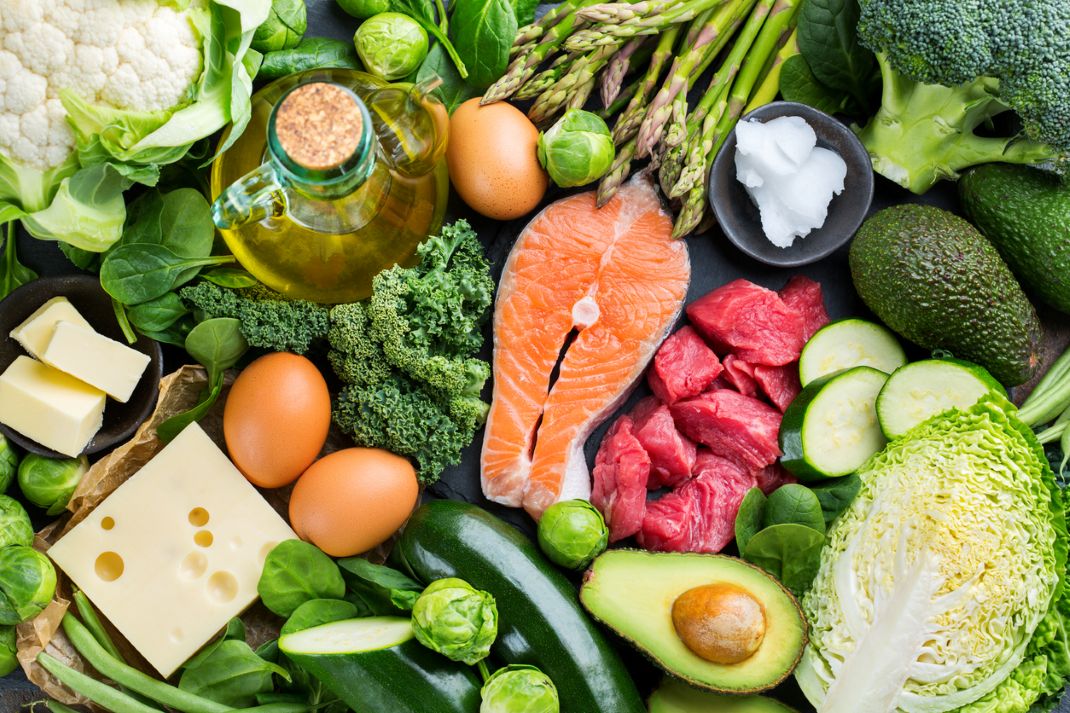-
- Find Care
-
- Visitor Information
- Find a Location
- Shuttles
- Visitor Policies
-
-
- Our Virtual Care Options
- Virtual Urgent Care
- Virtual Visits for Primary & Specialty Care
- Online Second Opinions
- Participate in Research
-
- Contact us
-
- For Innovators
- Commercialization Guide for Innovators
-
-
- Research News
- Alzheimer's Disease
- Artificial Intelligence
-
- Overview
-
- Overview
- Getting Started
- New to Mass General Brigham
- International Patient Services
- What Is Patient Gateway?
- Planning Your Visit
- Find a Doctor (opens link in new tab)
- Appointments
- Patient Resources
- Health & Wellness
- Flu, COVID-19, & RSV
- Billing & Insurance
- Financial Assistance
- Medicare and MassHealth ACOs
- Participate in Research
- Educational Resources
- Visitor Information
- Find a Location
- Shuttles
- Visitor Policies
- Find Care
-
- Overview
- Our Virtual Care Options
- Virtual Urgent Care
- Virtual Visits for Primary & Specialty Care
- Online Second Opinions
-
- Overview
- Participate in Research
-
- Overview
- About Innovation
- About
- Team
- News
- For Industry
- Venture Capital and Investments
- World Medical Innovation Forum (opens link in new tab)
- Featured Licensing Opportunities
- For Innovators
- Commercialization Guide for Innovators
- Contact us
-
- Overview
- Information for Researchers
- Compliance Office
- Research Cores
- Clinical Trials
- Advisory Services
- Featured Research
- Two Centuries of Breakthroughs
- Advances in Motion (opens link in new tab)
- Brigham on a Mission (opens link in new tab)
- Gene and Cell Therapy Institute
- Research News
- Alzheimer's Disease
- Artificial Intelligence
-
- Overview
-
- Overview
- Residency & fellowship programs
- Brigham and Women's Hospital
- Massachusetts General Hospital
- Mass Eye and Ear
- Newton-Wellesley Hospital
- Salem Hospital
- Integrated Mass General Brigham Programs
- Centers of Expertise
- Global & Community Health
- Health Policy & Management
- Healthcare Quality & Patient Safey
- Medical Education
- For trainees
- Prospective trainees
- Incoming trainees
- Current trainees
- Continuing Professional Development
Keto Diet for Epilepsy

Many people with epilepsy control their seizures with medication or other treatments. But what if that doesn’t work for you?
“Nutrition is another way you can optimize your brain health and help manage your epilepsy,” says Nancy Oliveira, MS, RD, LDN, a Mass General Brigham registered dietitian. “Certain strict diets that are high in fat and low in carbohydrates—like the ketogenic diet—may help control seizures in some people.”
Oliveira, who is manager of the Nutrition and Wellness Service at Brigham and Women’s Hospital, explains what the keto diet is and how it may help alongside other treatments to manage epilepsy.
Ketogenic diet for seizures: What to know
The ketogenic, or keto, diet is a very high fat, very low carbohydrate diet with moderate protein. It’s a special diet that requires the help of a health care provider to make sure you’re getting enough calories, fluids, and nutrients.
Research shows that the keto diet may help reduce seizures in some adults and children when medication doesn’t work.
Normally, the body fuels itself with carbohydrates (carbs), which are found in foods like pasta and bread. The keto diet uses fat instead of carbs to fuel the body. When your body uses fats as its source of energy, it produces ketones. These ketones may be the reason people experience more control over their seizures when they follow the keto diet.
The keto diet usually involves:
- Very high fat. This makes up most of the diet, with about 9 of every 10 calories you consume being from fat.
- Moderate protein. Eating too much protein could prevent your body from using fat as its main energy source. You eat enough protein to keep your body from losing any muscle or bone mass.
- Very low carbohydrates. You restrict the amount of carbs you consume to about 20 to 50 grams per day, with the higher range sometimes permitted when consuming minimally refined fiber-rich carbohydrate foods.
Your health care provider personalizes your keto plan to determine the exact ratio of nutrients that’s right for you.
Side effects of ketogenic diet for epilepsy
Possible side effects of the keto diet include:
- Feeling sluggish or tired
- Constipation
- Headache
- Low mood or irritability
These side effects may go away over time as your body adjusts to the new diet. Following the keto diet long-term may increase your risk of kidney stones, osteoporosis, and bone fractures. Tell your health care provider if you experience any side effects or changes to your health while on the keto diet.
Is the keto diet safe for anyone with epilepsy?
While the keto diet has been effective for both kids and adults with epilepsy, it’s not the right option for everyone. Talk to your doctor or a registered dietitian about any new diet or meal plan to make sure it’s safe for you.
You may need to avoid the keto diet for epilepsy if you have:
- High cholesterol
- Diabetes
- Kidney disease
- Previous stroke
- Certain heart conditions like heart failure, arrhythmia, or heart attack
Another option: the modified Atkins diet for epilepsy
Oliveira notes that the keto diet can be tough to keep up over time, even with the help of a dietitian. “Another option is the modified Atkins diet, which is similar but less restrictive than keto.”
The modified Atkins diet still requires medical supervision, but foods don’t need to be weighed and measured like they do with the keto diet. This diet also strongly encourages more fats and less carbs, but there’s less restriction on protein.
“Not everyone can do a specialized diet—or wants to,” Oliveira says. “That’s OK. Anyone with epilepsy can benefit from a nutritious diet, alongside other treatments.”
Foods to eat with epilepsy
If you choose to follow the keto diet with the help of a dietitian, you may include:
- All types of fat. “This may include saturated fats like butter and cream. But I like to promote at least half of the fat being unsaturated,” says Oliveira. “This could come from nuts, seeds, avocado, oily fish—like salmon and sardines—and plenty of oils such as olive, avocado or flax.”
- Low-carbohydrate vegetables like leafy greens, cauliflower, asparagus, lettuces, bell peppers, and mushrooms.
- Moderate amounts of protein foods, like full-fat cheeses, firm tofu, chicken, seafood, and eggs.
- Small portions of lower-carb fruits, like berries.
- Keto-labeled tortillas or breads, which may have 0 to 5 grams of net carb. “Net carb” is the amount of carbs that are actually absorbed by the body.
Foods to avoid with epilepsy
Certain foods may increase your risk of seizure. Oliveira recommends avoiding:
- Sugary food and drink. Simple sugars are a type of carbohydrate that the body absorbs very quickly. Eliminating foods with a high concentration of simple sugars may reduce your seizure risk.
- Ultra-processed, low-nutrient foods and snacks. Aim to find whole, natural foods whenever possible. Relying on too many ultra-processed keto foods like breads, chips, and ice cream might make you feel worse with less energy in the long run.
- Alcohol. This can trigger seizures and interfere with your anti-seizure medication.
Talk to your provider about a healthy diet for epilepsy
If you or a loved one has epilepsy, talk to your health care provider about how nutrition may help control seizures and improve your overall health. A registered dietitian can develop a meal plan tailored to your specific needs and tastes.
“A keto diet might help you feel better. And when you feel better, you’re more likely to exercise, take your medications, and do all the things you need to do,” says Oliveira. “Food doesn’t replace anti-seizure medications or other treatments, but small changes can help you feel better.”
